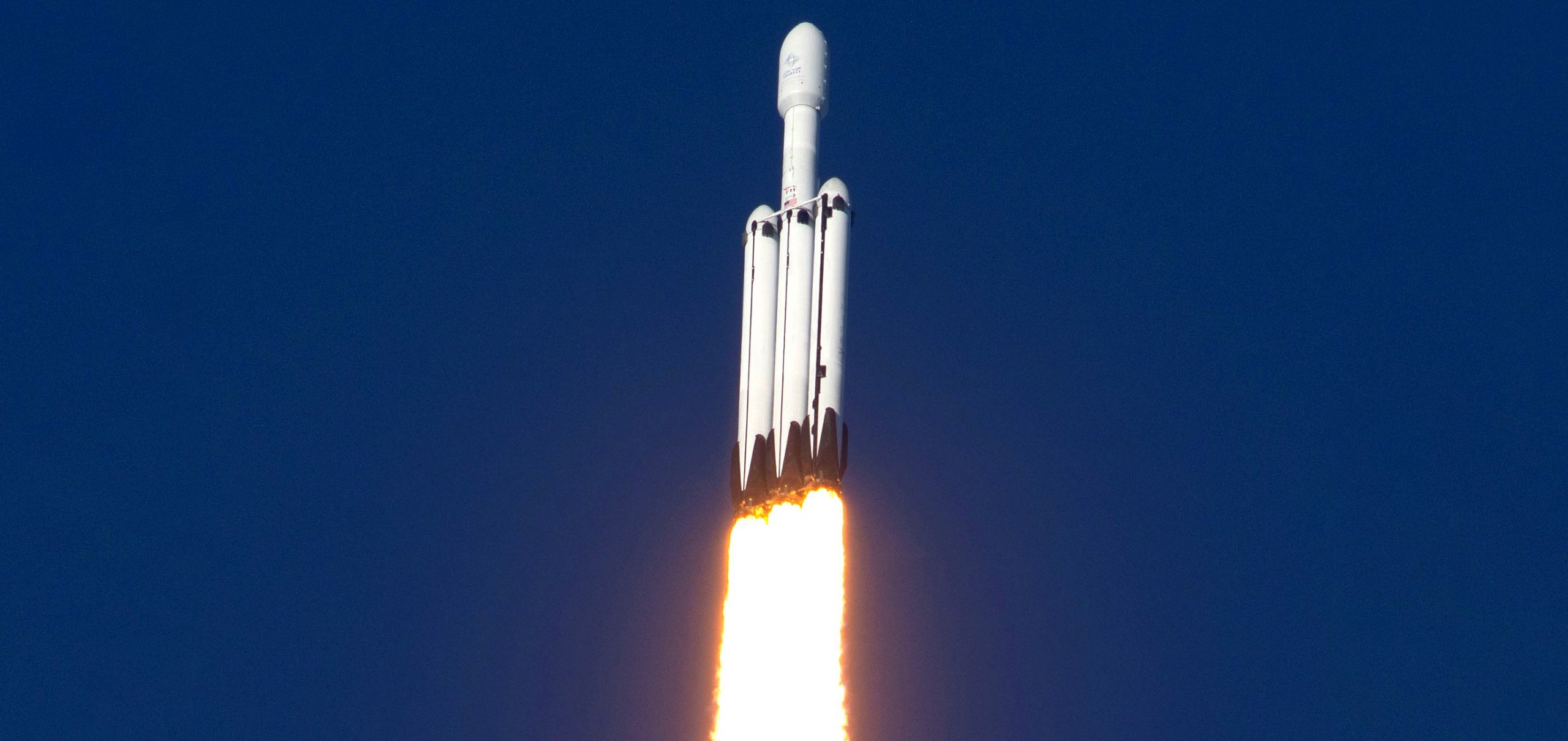
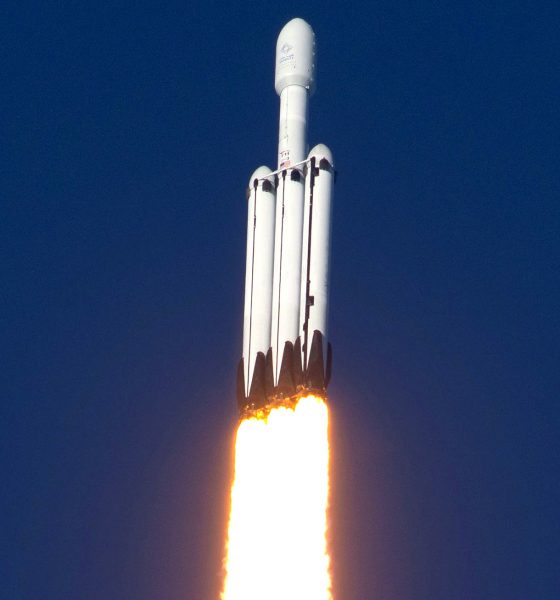
News
SpaceX’s Falcon Heavy likely to launch NASA telescope after ULA skips competition
On the heels of what will likely be NASA’s most significant telescope launch for at least a decade, the space agency appears to be about to select the launch provider for its next most expensive space telescope – a contract that SpaceX seems all but guaranteed to win.
Tory Bruno, CEO of the United Launch Alliance (ULA), revealed on February 15th that SpaceX’s chief competitor won’t even attempt to compete for the contract to launch NASA’s Nancy Grace Roman Space Telescope (NGRST; formerly the Wide-Field Infrared Survey Telescope or WFIRST). Named after Nancy Roman, who played a foundational role in the creation and launch of NASA’s famous Hubble Space Telescope, the Roman Space Telescope could potentially be the second most expensive NASA spacecraft launched this decade.
WFIRST was made possible when the US National Reconnaissance Office (NRO) chose to donate one of two Hubble-class spy telescopes it had merely sitting around and gathering dust to NASA in the mid-2010s. From a mechanical perspective, the telescope will be very similar to Hubble. However, in the decades since HST’s launch, electronics and sensor technology have dramatically improved, allowing NASA to pack instruments capable of simultaneously imaging 100 times the field of view HST is capable of into a similar package.
Additionally, instead of the Hubble’s primary focus on ultraviolet and visible wavelengths, the Roman Space Telescope will observe in infrared wavelengths, making it a perfect complement to the brand-new James Webb Space Telescope (JWST), which is also exclusively focused on the infrared spectrum. Combined, they could operate hand in hand, with NGRST acting like a surveyor or scout and JWST enabling a much closer look at noteworthy discoveries. Additionally, thanks to the inclusion of an unprecedentedly capable in-space coronagraph instrument, NGRST will be able to block out the light of stars, making it a game-changing tool for exoplanet discovery – exoplanets that JWST may then be able to image in even more detail with its much larger mirror.
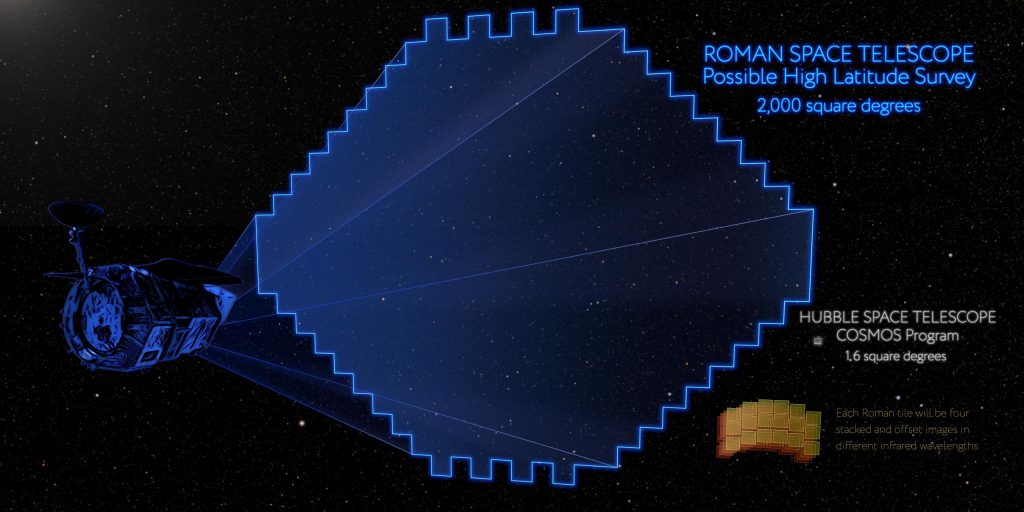
The telescope must first be built and then make it to orbit, however. Expected to weigh at least 4.2 tons (~9250 lb) and designed to operate at the L2 Sun-Earth Lagrange point hundreds of thousands of miles from our planet, only large American rockets are an option for the $4.3 billion Roman Space Telescope’s launch. After a recent delay, that launch has slipped to no later than May 2027. However, NASA appeared to be in the final stages of selecting a launch provider as of late last month [PDF], meaning that the space agency may not be able to take advantage of potential launch options planned to debut over the next few years.
That includes Blue Origin’s New Glenn and Relativity Space’s Terran R. However, even ULA’s Vulcan Centaur rocket appears to have been precluded due to rules that generally mean that only rockets certified for NASA launches today can be awarded a contract to launch a high-value spacecraft. As such, while there is a good chance that one or all of the above rockets will have launched repeatedly and potentially achieved NASA LSP certification by 2027, they have little hope of winning a 2022 competition for a 2027 launch when facing a competitor with a rocket that’s already certified.
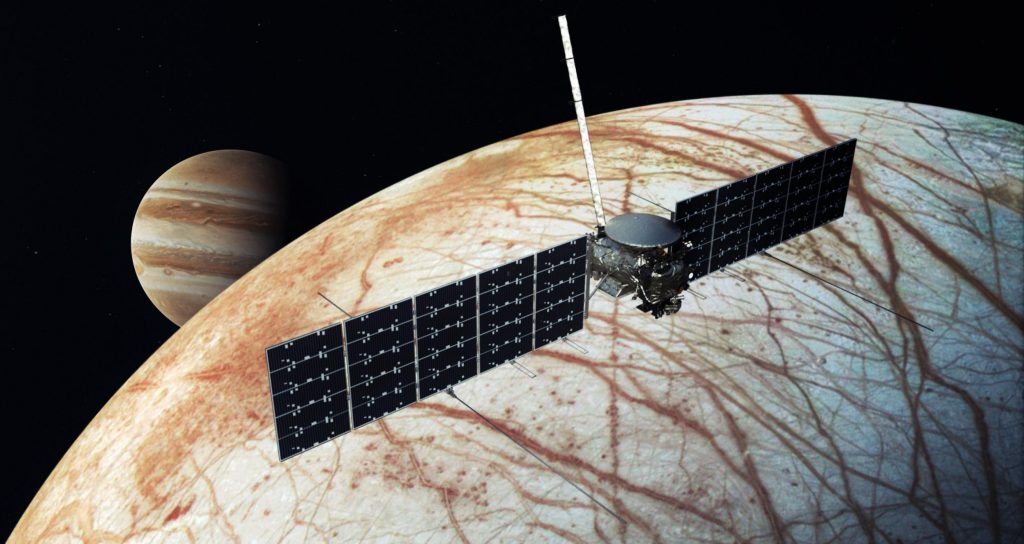
In this case, that competitor is SpaceX, whose Falcon Heavy rocket is certified for even the most risk-averse NASA LSP (Launch Service Program) missions. In just the last two years, SpaceX has won contracts to launch NASA’s Psyche asteroid explorer (Aug 2022), VIPER Moon rover (Q4 2023), GOES-U weather satellite (Q2 2024), Europa Clipper (Q4 2024), and the PPE and HALO modules of the Gateway lunar space station (Q4 2024). In fact, because ULA has already promised all of its remaining Delta IV Heavy and Atlas V rockets and because ULA’s Vulcan and Blue Origin’s New Glenn have yet to launch at all, SpaceX is actually the only US launch provider with rockets that are both available for future NASA launches and certified to launch and compete for them.
For some upcoming missions, it’s possible that NASA will wait much closer to the launch date in order to ensure a more competitive environment, but that’s not always possible if the design of an exceptionally sensitive payload (like a large space telescope) must be optimized for a specific vehicle. In the case of the Roman Space Telescope, that means that without a major departure from established rules and norms, SpaceX’s Falcon Heavy rocket is all but guaranteed to win the contract to launch it.

News
Tesla scores major hire as Apple scientist moves to Optimus team
Chen, who advanced from individual contributor to technical lead during his time at Apple, noted that he was blown away by Tesla’s efforts and synergy.
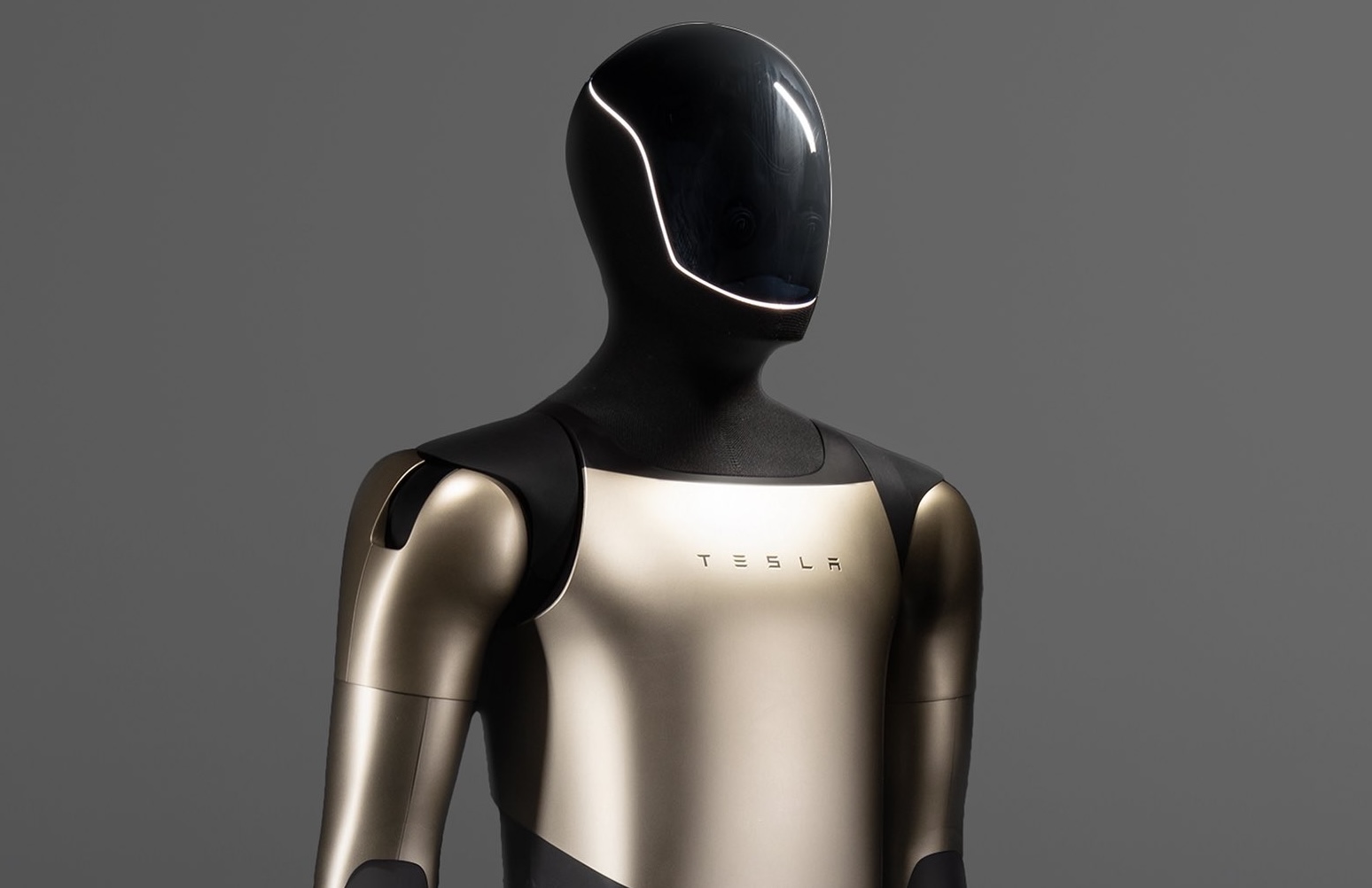
Former Apple research scientist Yilun Chen has left the tech giant to join Tesla’s Optimus AI team. Chen, who advanced from individual contributor to technical lead during his time at Apple, noted that he was blown away by Tesla’s efforts and synergy.
Apple veteran closes a major chapter
In a farewell note, Yilun Chen reflected on his tenure at Apple as a period defined by rapid growth and exposure to notable internal projects, some of which remain unreleased. His roles spanned engineering, research, early product incubation, and hands-on prototyping, allowing him to build expertise across both mature and emerging teams.
Chen credited mentors, colleagues, and cross-functional collaborators for shaping his trajectory, calling the experience unforgettable and emphasizing how each team taught him different lessons about scaling technology, guiding product vision, and navigating fast-moving research environments. “Each role has offered me invaluable unique lessons… My deepest gratitude goes to my colleagues, mentors and friends,” he wrote.
Tesla’s Optimus lab secured the hire
Chen said the move to Tesla was driven by the momentum surrounding Optimus, a humanoid robot powered by LLM-driven reasoning and Physical AI. After visiting Tesla’s Optimus lab, he admitted that he was “totally blown away by the scale and sophistication of the Optimus lab and deep dedication of people when I got to visit the office.”
His first week at Tesla, he noted, involved spontaneous deep-tech discussions, a flat team structure, rapid prototyping cycles, and what he called a “crazy ideas with super-fast iterations” culture. Chen emphasized that the team’s ambition, as well as its belief that humanoid robots are now within reach, creates an energy level that feels aimed at changing the world.
“You can feel the energy to change the world here,” he wrote in a post on social media.
Elon Musk
Elon Musk gives nod to SpaceX’s massive, previously impossible feat
It was the booster’s 30th flight, a scenario that seemed impossible before SpaceX became a dominant force in spaceflight.
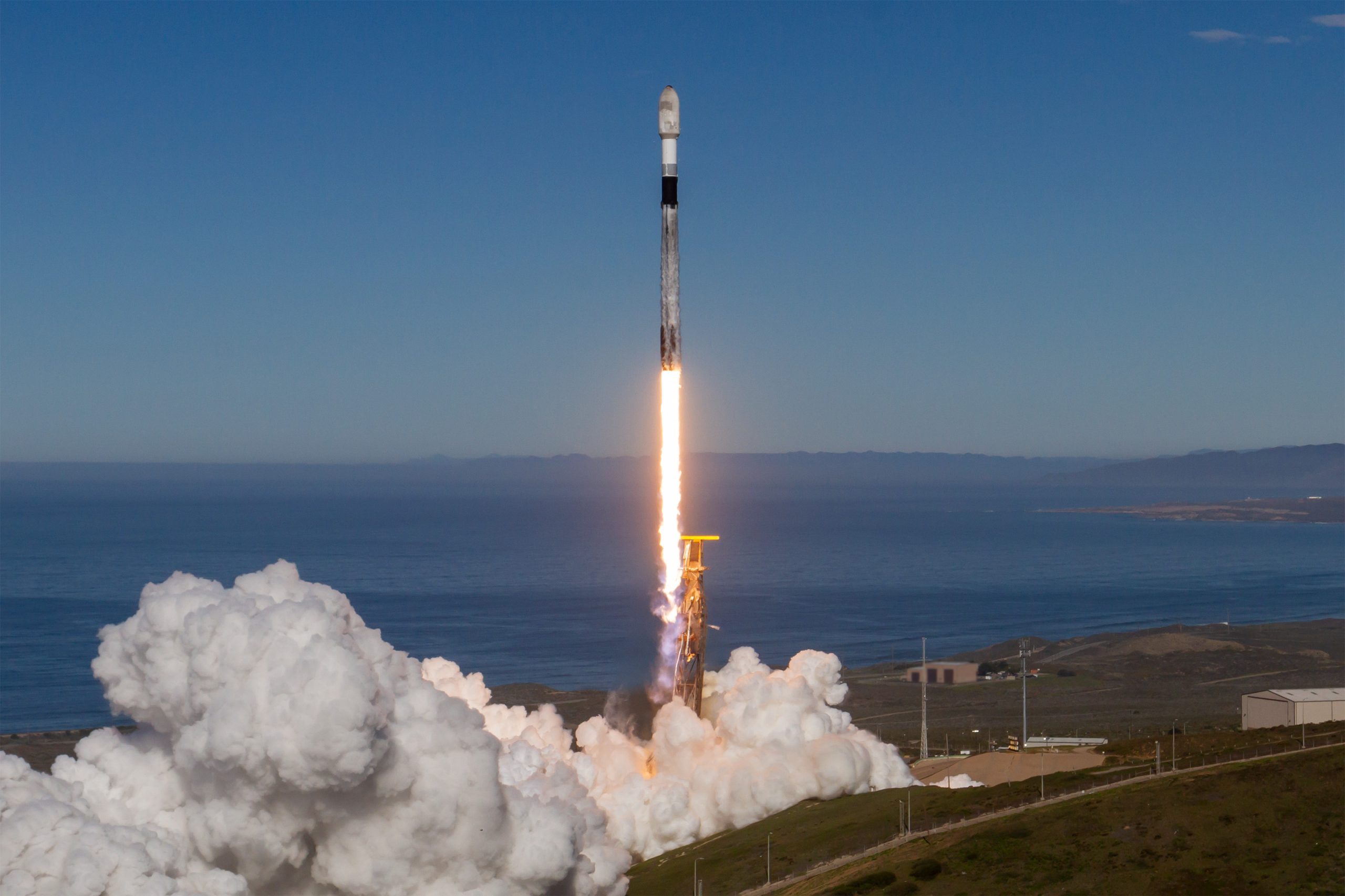
Elon Musk gave a nod to one of SpaceX’s most underrated feats today. Following the successful launch of the Transporter-15 mission, SpaceX seamlessly landed another Falcon 9 booster on a droneship in the middle of the ocean.
It was the booster’s 30th flight, a scenario that seemed impossible before SpaceX became a dominant force in spaceflight.
Elon Musk celebrates a veteran Falcon 9 booster’s feat
SpaceX completed another major milestone for its Smallsat Rideshare program on Friday, successfully launching and deploying 140 spacecraft aboard a Falcon 9 from Vandenberg Space Force Base. The mission, known as Transporter-15, lifted off two days later than planned after a scrub attributed to a ground systems issue, according to SpaceFlight Now. SpaceX confirmed that all payloads designed to separate from the rocket were deployed as planned.
The Falcon 9 used for this flight was booster B1071, one of SpaceX’s most heavily flown rockets. With its 30th mission completed, it becomes the second booster in SpaceX’s fleet to reach that milestone. B1071’s manifest includes five National Reconnaissance Office missions, NASA’s SWOT satellite, and several previous rideshare deployments, among others. Elon Musk celebrated the milestone on X, writing “30 flights of the same rocket!” in his post.
Skeptics once dismissed reusability as unfeasible
While rocket landings are routine for SpaceX today, that was not always the case. Industry veterans previously questioned whether reusable rockets could ever achieve meaningful cost savings or operational reliability, often citing the Space Shuttle’s partial reusability as evidence of failure.
In 2016, Orbital ATK’s Ben Goldberg argued during a panel that even if rockets could be reusable, they do not make a lot of sense. He took issue with Elon Musk’s claims at the time, Ars Technica reported, particularly when the SpaceX founder stated that fuel costs account for just a fraction of launch costs.
Goldberg noted that at most, studies showed only a 30% cost reduction for low-Earth orbit missions by using a reusable rocket. “You’re not going to get 100-fold. These numbers aren’t going to change by an order of magnitude. They’re just not. That’s the state of where we are today,” he said.
Former NASA official Dan Dumbacher, who oversaw the Space Launch System, expressed similar doubts in 2014, implying that if NASA couldn’t make full reusability viable, private firms like SpaceX faced steep odds.
News
Tesla AI and Autopilot VP hints that Robovan will have RV conversions
Tesla’s vice president of AI and Autopilot software, Ashok Elluswamy, hinted at the linitiative in a reply to Y Combinator CEO Garry Tan.

It appears that Tesla is indeed considering an RV in its future pipeline, though the vehicle that would be converted for the purpose would be quite interesting. This is, at least, as per recent comments by a Tesla executive on social media platform X.
Robovan as an RV
Tesla’s vice president of AI and Autopilot software, Ashok Elluswamy, hinted at the linitiative in a reply to Y Combinator CEO Garry Tan, who called for a startup to build RVs with Full Self-Driving capabilities. In his reply, Elluswamy simply stated “On it,” while including a photo of Tesla’s autonomous 20-seat people mover.
Tesla unveiled the Robovan in October 2024 at the “We, Robot” event. The vehicle lacks a steering wheel and features a low floor for spacious interiors. The vehicle, while eclipsed by the Cybercab in news headlines, still captured the imagination of many, as hinted at by X users posting AI-generated images of Robovan RV conversions with beds, kitchens and panoramic windows on social media platforms. One such render by Tesla enthusiast Mark Anthony reached over 300,000 views on X.
Elon Musk on the Robovan
Elon Musk addressed the Robovan’s low profile in October 2024, stating the van uses automatic load-leveling suspension that raises or lowers based on road conditions. The system maintains the futuristic look while handling uneven pavement, Musk wrote on X. The CEO also stated that the Robovan is designed to be very airy inside, which would be great for an RV.
“The view from the inside is one of extreme openness, with visibility in all directions, although it may appear otherwise from the outside. The unusually low ground clearance is achieved by having an automatic load-leveling suspension that raises or lowers, based on smooth or bumpy road conditions,” Musk stated.
Elluswamy’s response on X suggests that Tesla is considering a Robovan RV conversion, though it would be interesting to see how the company will make the vehicle capable of reaching campsites. The Robovan has a very low ground clearance, after all, and campsites tend to be in unpaved areas.









